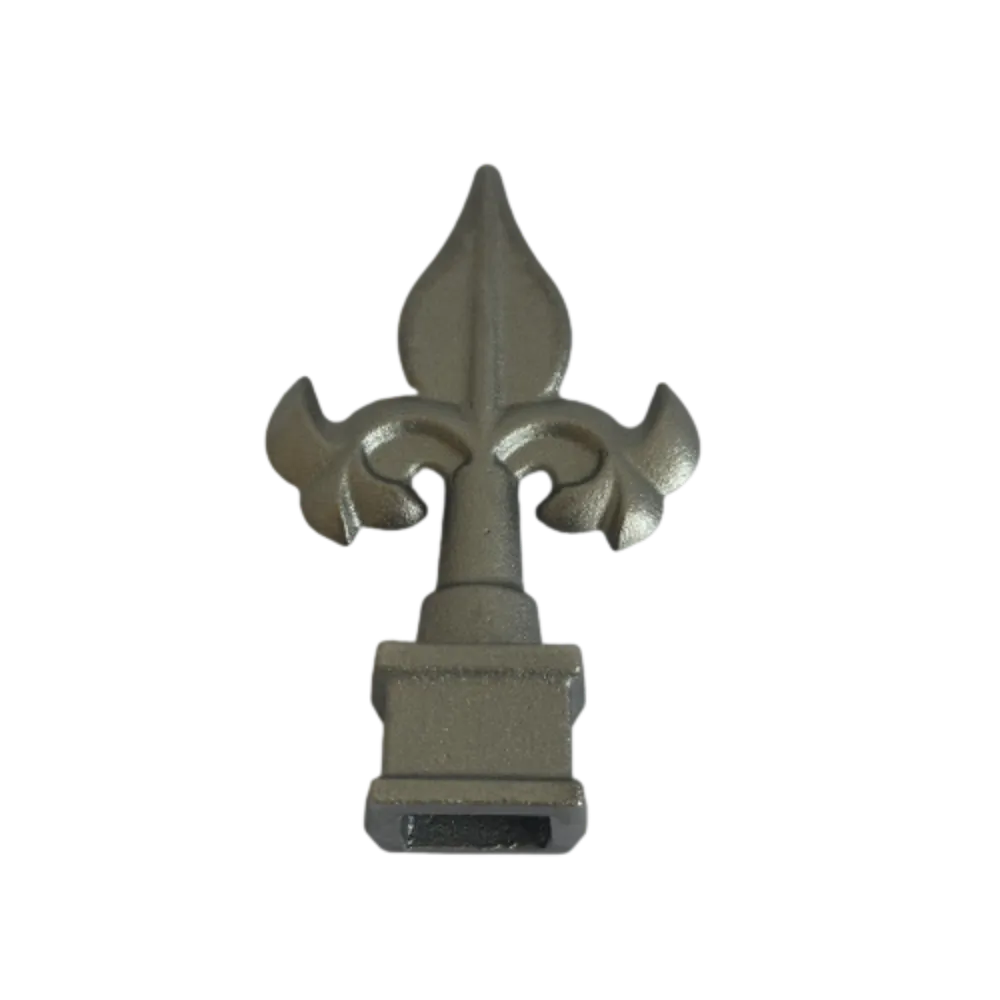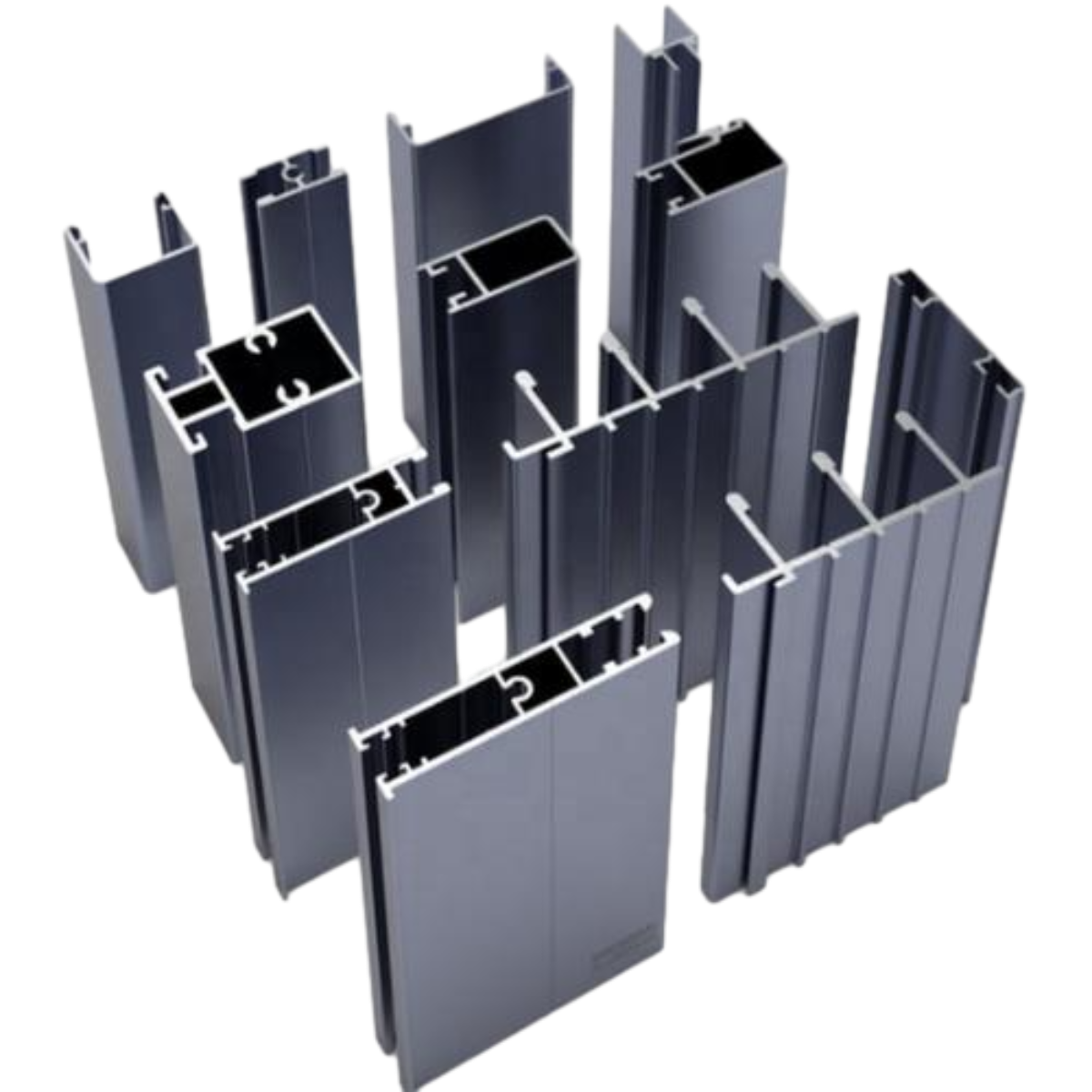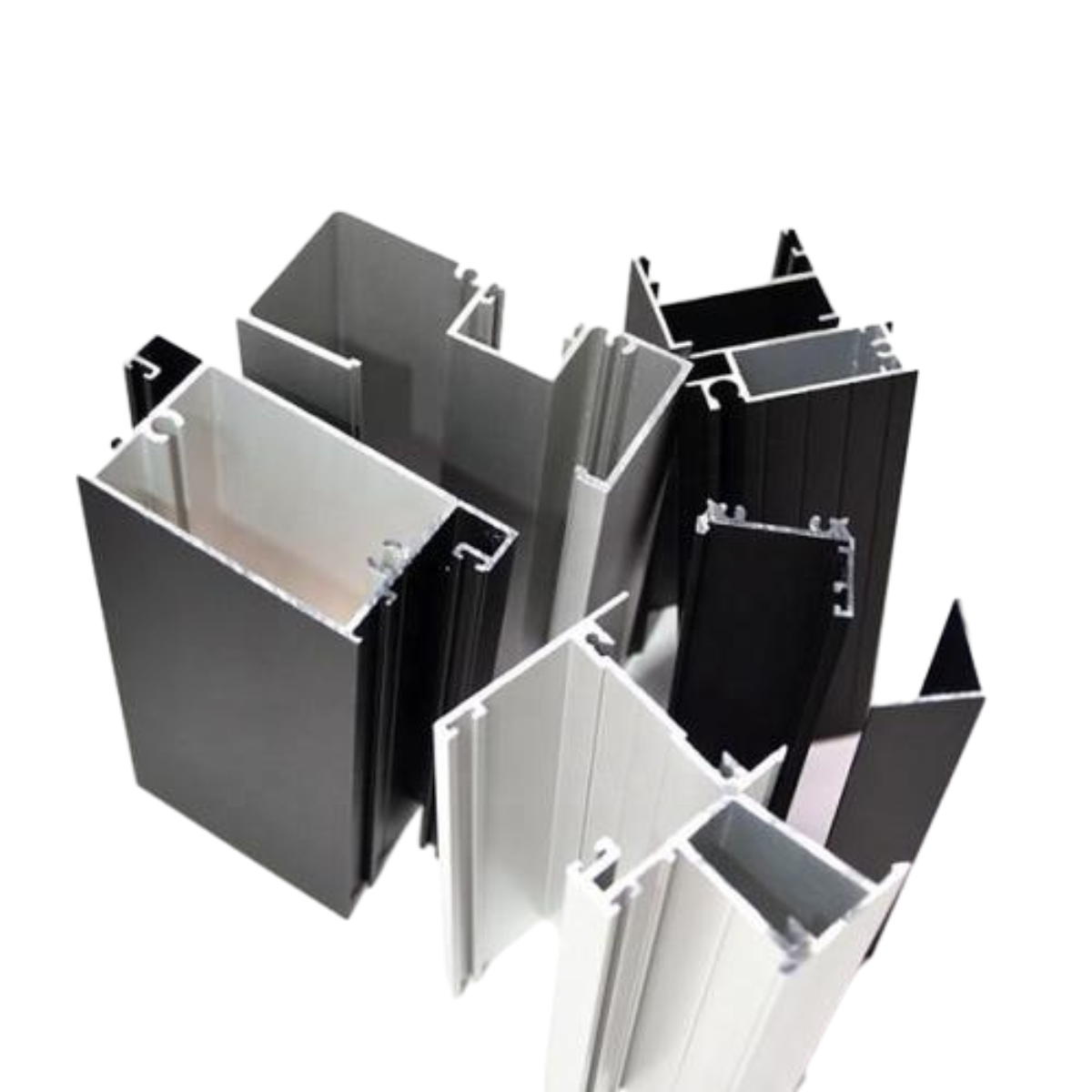Understanding the Basics and Applications of Wrought Metal in Modern Industry
Understanding Wrought Metal Definition, Applications, and Benefits
Wrought metal is a term that refers to a category of materials that have been mechanically worked into desired shapes and forms. This process typically involves techniques such as forging, rolling, or extruding, which alter the microstructure of the metal, enhancing its properties. Wrought metals can be made from a variety of base metals, including iron, aluminum, copper, and various alloys, each possessing unique characteristics.
The Process of Wrought Metal Production
The production of wrought metal begins with raw metal, which is heated to a malleable state and then shaped under mechanical stress. This process not only transforms the physical shape of the metal but also improves its strength and ductility due to the alignment of its crystalline structure. Unlike cast metals, which are poured into molds and solidify, wrought metals retain more integrity and can withstand greater stress.
The most common methods of shaping wrought metal include
- Forging A process where metal is shaped through hammering, pressing, or rolling. This method is renowned for producing strong and resilient components, particularly in applications that demand high-performance materials. - Rolling Involves passing metal between rollers to reduce thickness and produce sheets or plates. This method is widely used in creating products for construction and manufacturing. - Extrusion A technique that forces metal through a die to create long shapes such as rods, tubes, or channels. Extruded components are essential in many structural applications.
Applications of Wrought Metal
Wrought metals are utilized across various industries due to their superior mechanical properties. Some notable applications include
1. Construction Wrought iron and steel are fundamental in building structures, providing the necessary strength for beams, columns, and other load-bearing elements. The aesthetic appeal of wrought iron is also harnessed in railings, gates, and decorative elements.
what is wrought metal

2. Automotive The automotive industry heavily relies on wrought metals for producing various parts and components. The durability and lightweight nature of aluminum, for instance, make it an ideal choice for vehicle frames and bodies.
3. Aerospace High-strength wrought alloys, particularly aluminum and titanium, are crucial in aerospace applications. They contribute to minimizing weight while maximizing strength, enhancing fuel efficiency and overall performance.
4. Manufacturing Many tools and machinery components are made from wrought metals due to their reliable performance and wear resistance. Items like shafts, gears, and fasteners are commonly fabricated from wrought materials.
Benefits of Wrought Metals
The benefits of using wrought metals extend beyond their strength and versatility. Some of these advantages include
- Improved Ductility Wrought metals are generally more ductile than cast metals, allowing for better deformation without fracturing. This quality is essential in applications where metal components must endure stress.
- Enhanced Toughness The manufacturing processes involved in wrought metals yield a more uniform grain structure, resulting in improved toughness. This quality makes wrought metals less prone to failure under heavy loads.
- Better Surface Finish The shaping processes involved in creating wrought metals typically result in a finer surface finish compared to cast metals. This attribute can reduce post-processing requirements and improve the overall aesthetics of the final products.
In conclusion, wrought metals represent an essential category of materials that play a vital role in various industries. Their unique production processes and resultant properties make them an ideal choice for applications demanding high strength, durability, and precision. As technology and manufacturing techniques continue to advance, the applications and benefits of wrought metals are likely to expand, further cementing their importance in modern engineering and manufacturing.
-
Why Choose Cast Iron for Your Next Project?NewsApr.27,2025
-
Timeless Charm of Cast Iron Decorative ElementsNewsApr.27,2025
-
Wholesale Cast Iron Products: A Growing Trend in Home and Garden DécorNewsApr.27,2025
-
The Advantages of Using Ornamental Cast Iron Parts in Your Design ProjectsNewsApr.27,2025
-
Why Ornamental Iron Castings Are Essential for Timeless DesignNewsApr.27,2025
-
The Elegance and Durability of Ornamental Cast Iron PanelsNewsApr.27,2025















